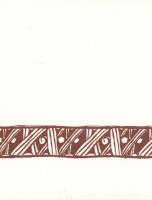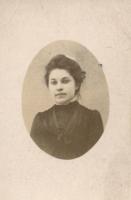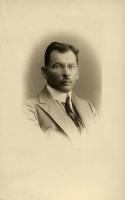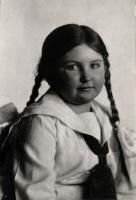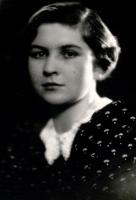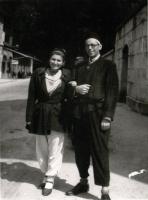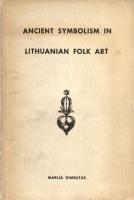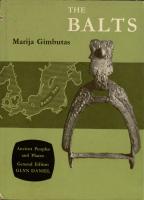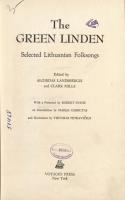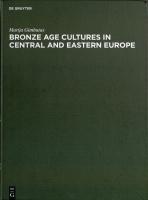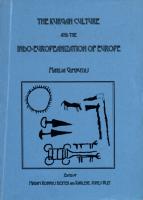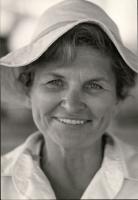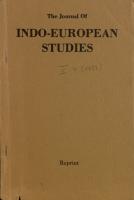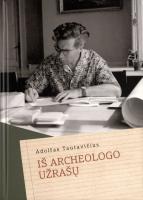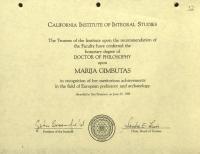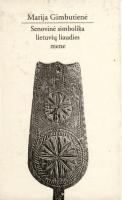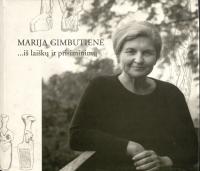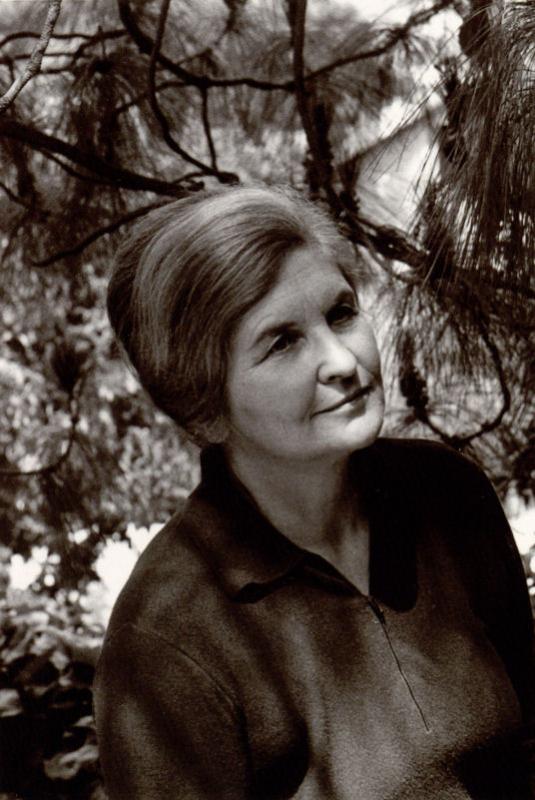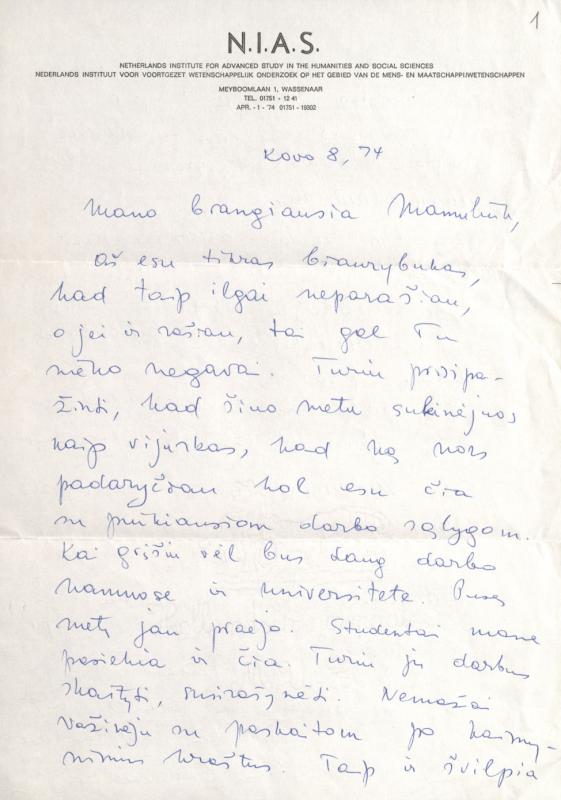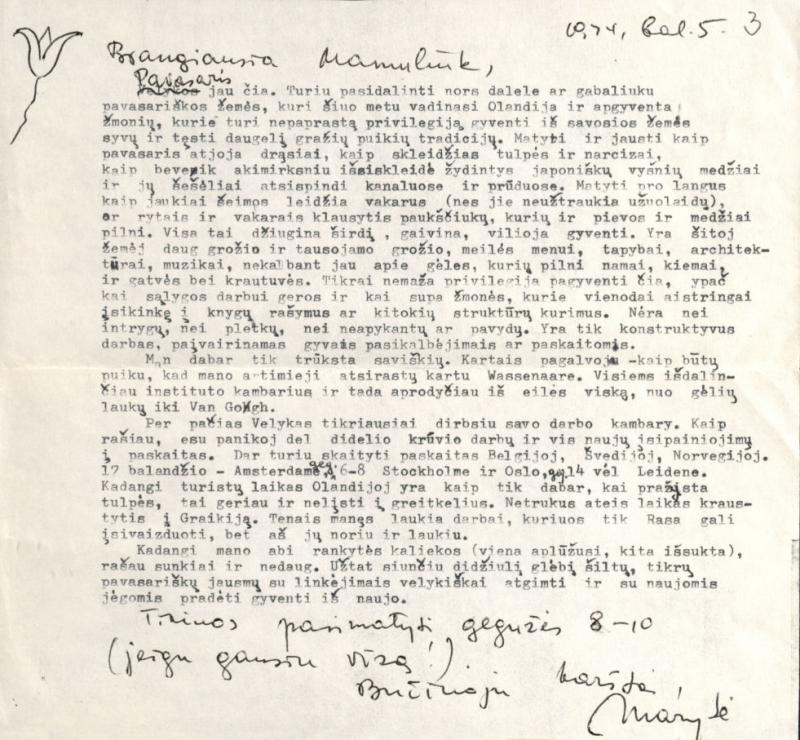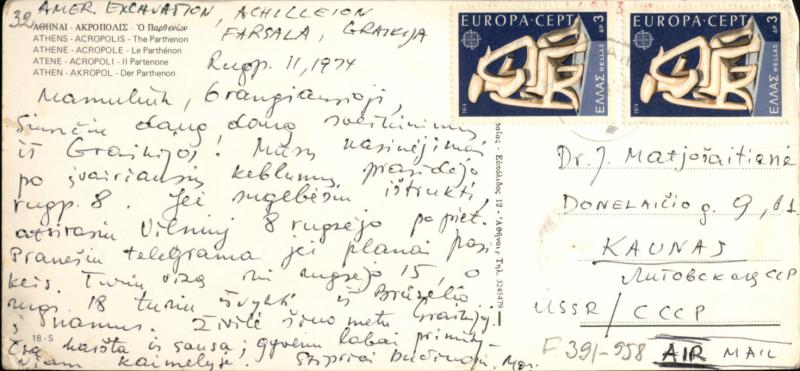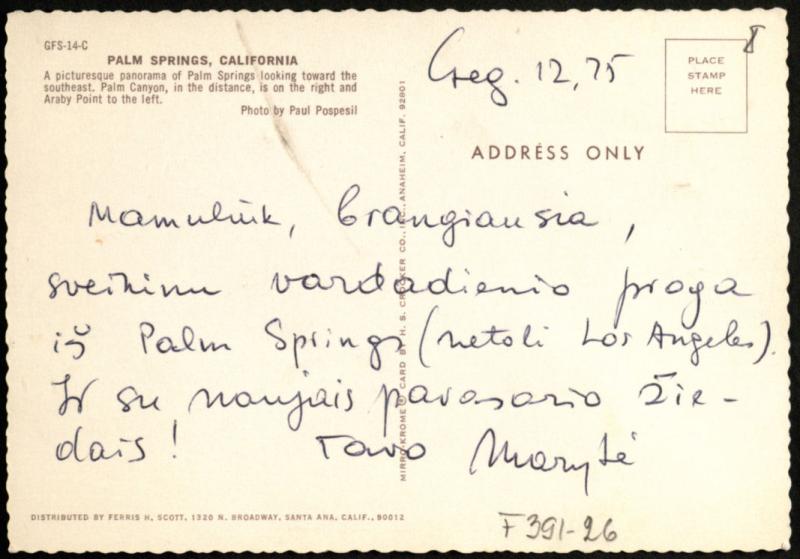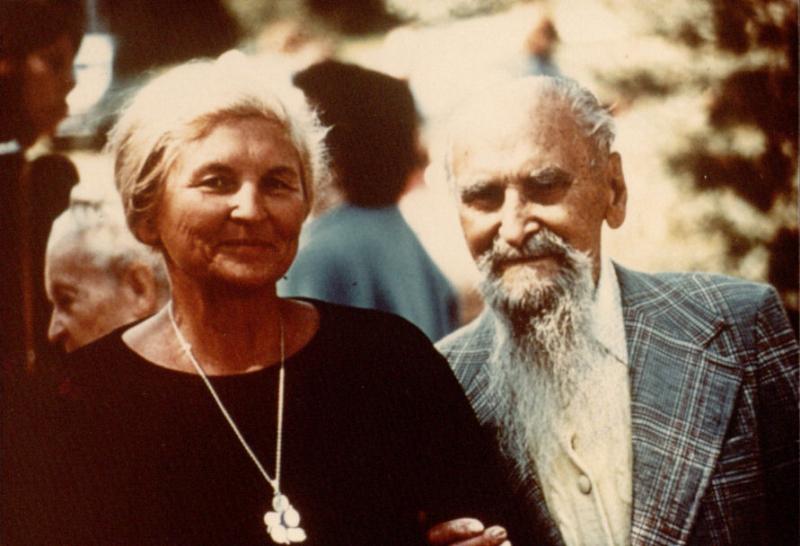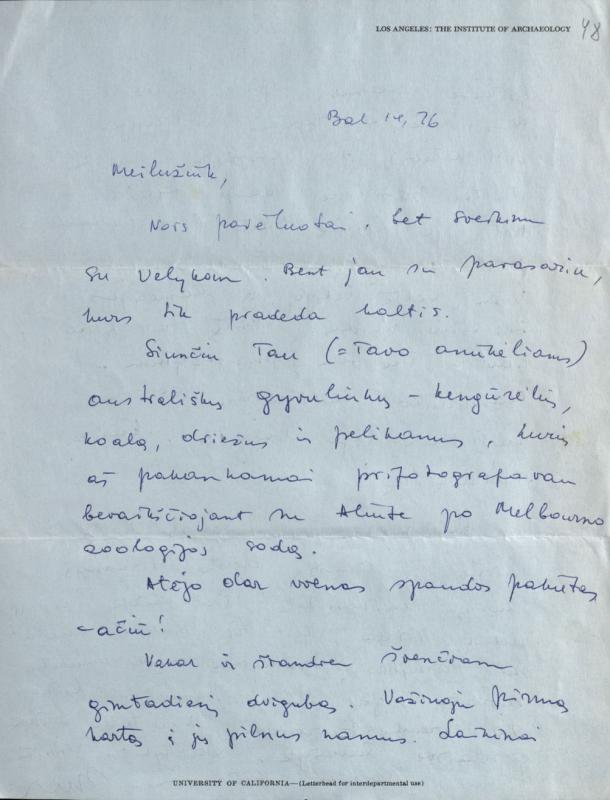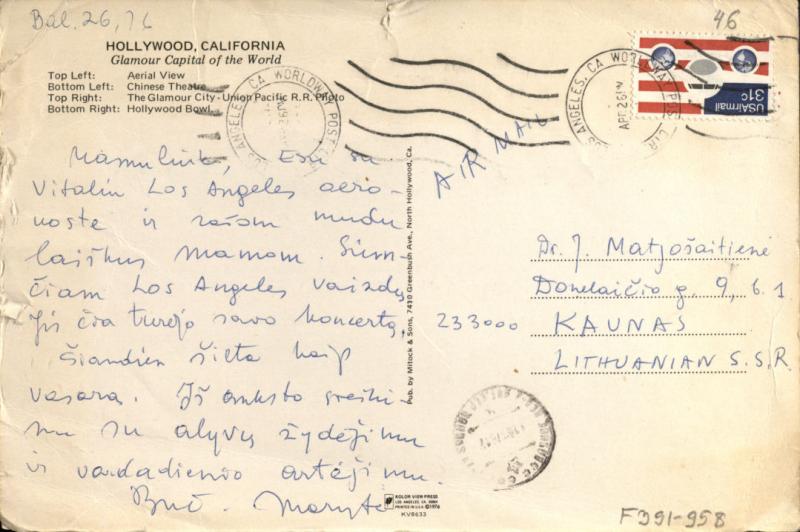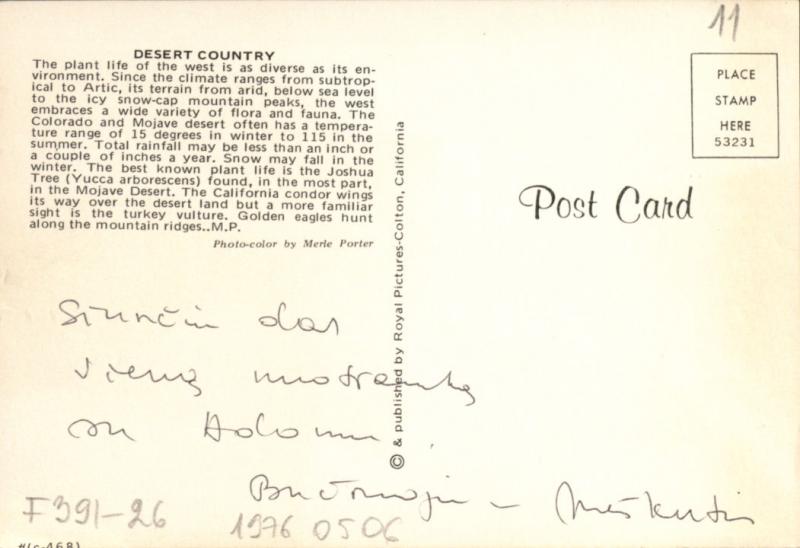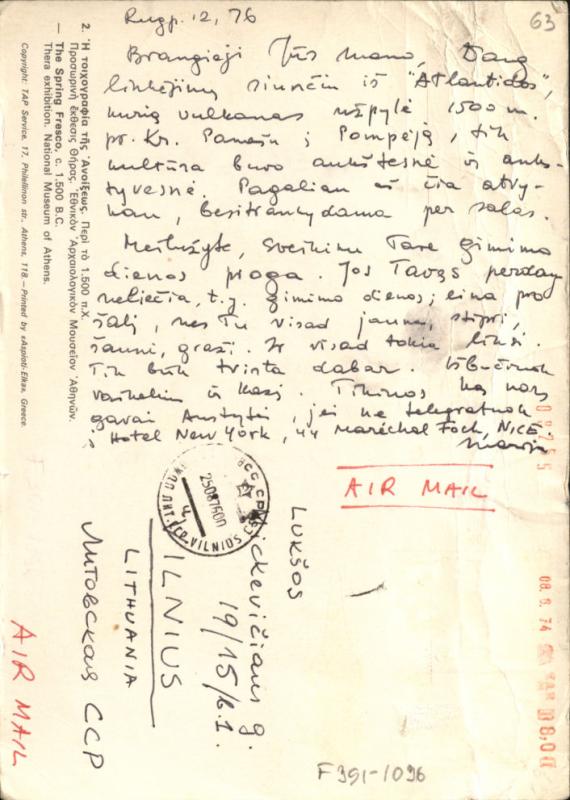Theory of the Origin of the Indo-Europeans
From 1956, Marija Gimbutas makes first steps towards addressing the origin of the Indo-Europeans, and, along the way, the origin of the Balts. At the International Congress of Anthropological and Ethnological Sciences in Philadelphia, she suggested that the growth and flourishing of the indigenous culture of Central and Southeastern Europe was suppressed by the cattle-breeding and equestrian cultures that arrived from Eurasia in 4300–3000 BC. At this stage of her research career (1956–1973), Marija Gimbutas became focused on issues related to Indo-European studies, Indo-European archaeology, the Stone Age, and of course the emergence of the Balts. She launched the theory of the transformation of European cultures caused by invasions of Indo-European tribes (the so-called Kurgan people), which she believed to explain the origins of the Balts. Gimbutas held this period of cultural transformation to be identical to the process of Indo-Europeanization of Europe (including the Baltic region). Based on archaeological, mythological, and linguistic materials, she postulated the imposition of the patriarchal social structure on the matrilinear culture of Old Europe and suggested that the period of 4500–2500 BC saw dramatic changes in the entire of Europe and the Baltic lands, when not only social structure, but also religion underwent transformation, with the transition from the worship of female goddesses to male warrior gods.
This transformation essentially changed management structure, settlements, architecture, art, symbolism. It also was a linguistic transformation, which occurred when the Indo-European language of the invaders spread across the spaces of non-Indo-European Europe. Without in-depth studies of this age, the Western European civilization as well as the process of the formation of the Balts across enormous expanses of Northeastern Europe would have been incomprehensible. Opponents criticized this theory as overly based on people’s migrations and oversimplified. However, even after half a century from its emergence, the theory is still alive: it is being discussed and has many supporters among archaeologists, anthropologists, and linguists. Meanwhile, such a solution of this problem that would be at once fundamentally new and acceptable to all has not been offered yet.
Adomas Butrimas
(After: Butrimas, Adomas. Marija Alseikaitė-Gimbutienė – baltų archeologijos tyrėja (Marija Alseikaitė-Gimbutas, a Researcher in Baltic Archaeology). Lituanistica, 2012, t. 58, nr. 1 (87), p. 7)
LMAVB RS F339-69, lap. 26.
LMAVB RS F391-26, lap. 1r.
LMAVB RS F391-26, lap. 3.
LMAVB RS F391-958, lap. 32r.
LMAVB RS F391-26, lap. 8r.
LMAVB RS F391-26, lap. 10.
LMAVB RS F391-1036, lap. 48r.
LMAVB RS F391-958, lap. 46r.
LMAVB RS F391-26, lap. 11r.
LMAVB RS F391-1036, lap. 63r.

